
About this week
This week, we explored input devices and learned how to integrate them with a microcontroller. We worked on sensors as input devices and successfully integrated them into our microntroller.
To verify the sensor’s functionality, we monitored its data through the serial monitor and analyzed real-time readings. Additionally, we visualized the data using graphical representations, which helped us better understand the sensor's behavior and fluctuations over time.
Through this process, we gained hands-on experience in sensor interfacing, data acquisition, and visualization techniques.
Heroshot of the Assignment
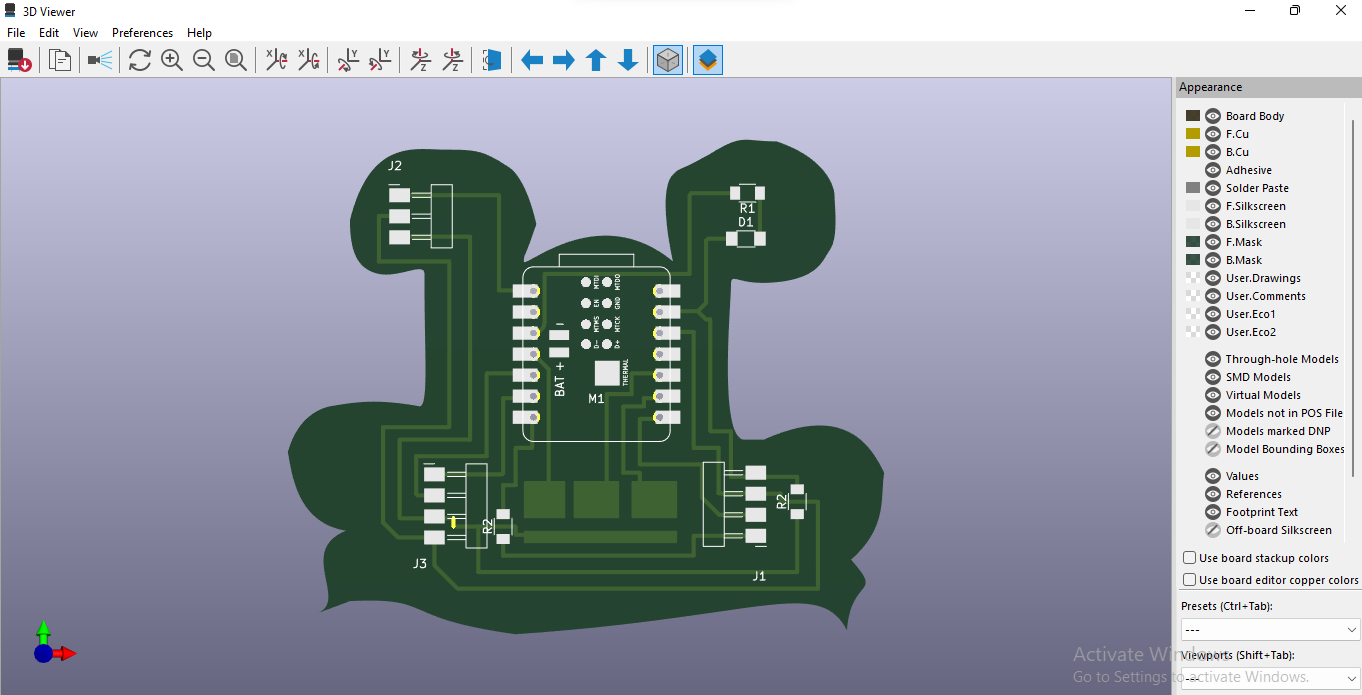 |
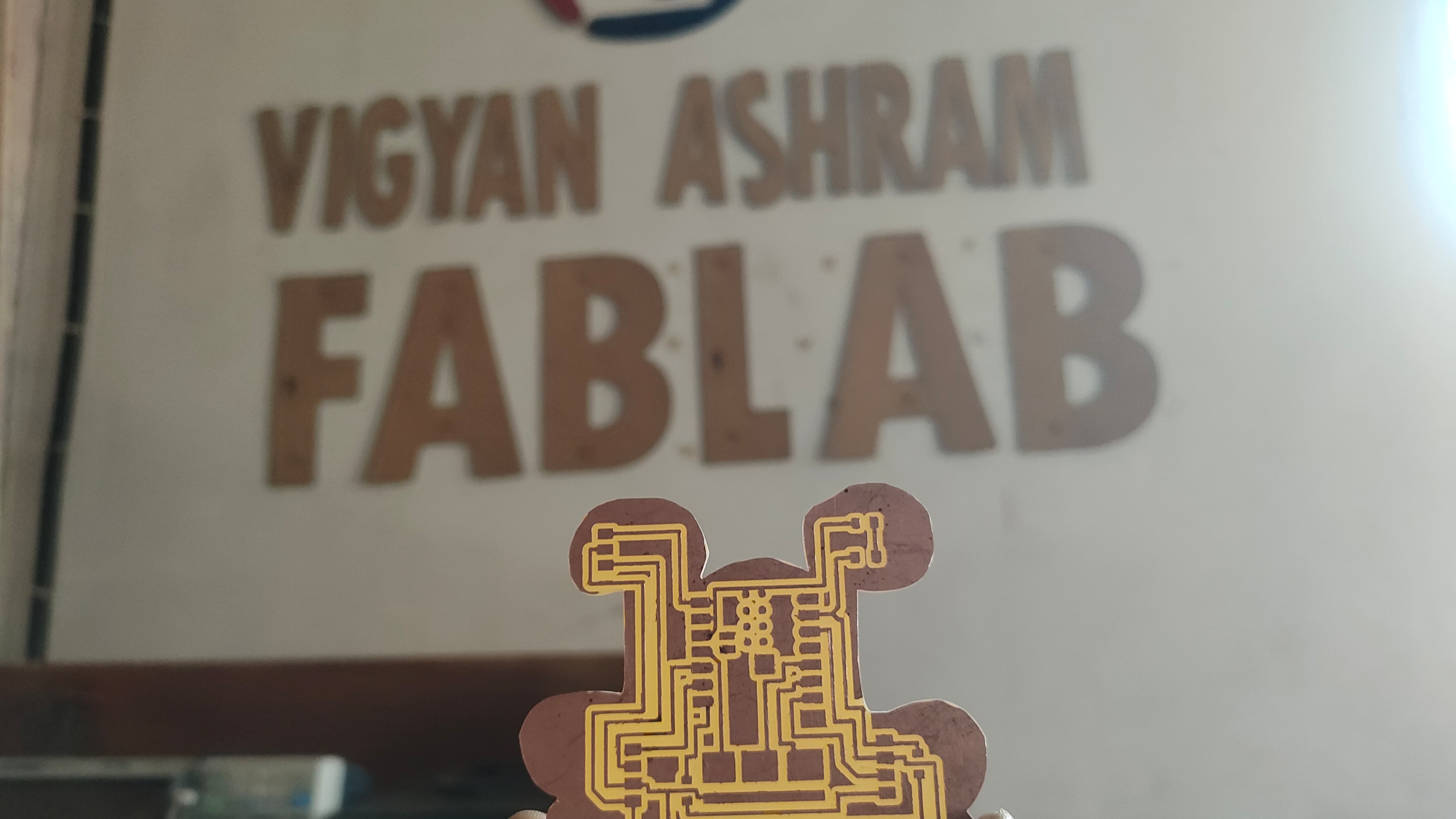 |
|
|
|
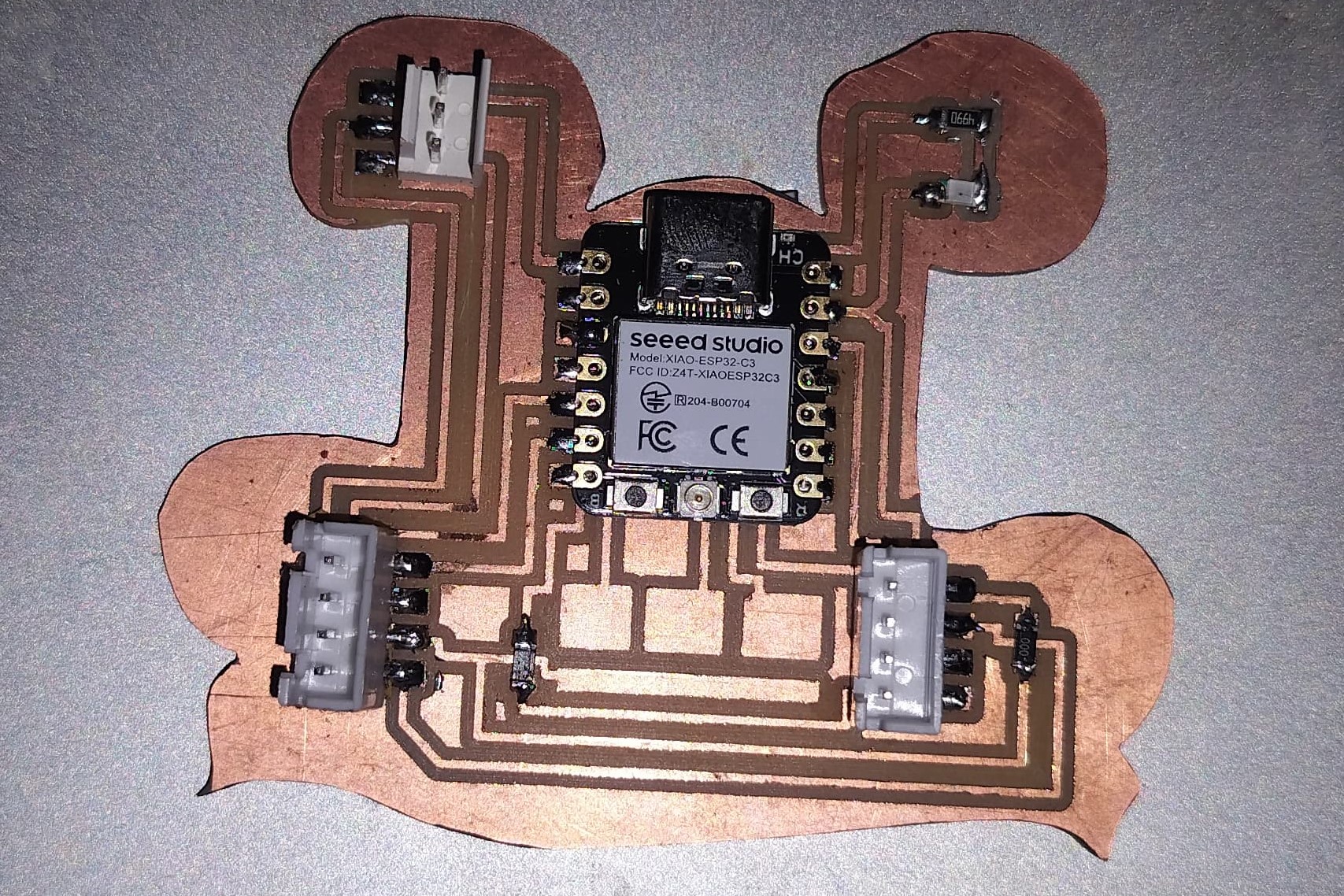 |
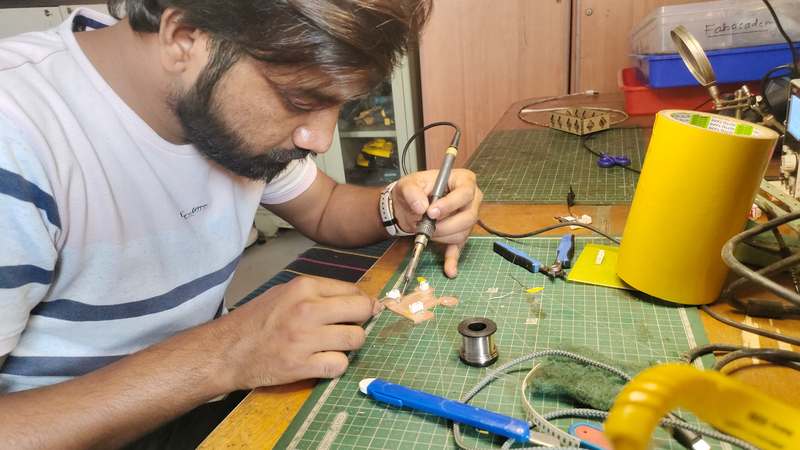 |
|
|
|
Objctive of the Assignment
1.Group Assignment -
2. Indivisual Assignment -
What is Input Device ?
Input devices can include various sensors such as ultrasonic, temperature, LDR (Light Dependent Resistor), motion, color detection, touch, and magnetic sensors. When these sensors are connected to a microcontroller, they collect data from the environment and provide it to the microcontroller. This is why they are classified as input devices.
Type of Senors
Website Reference here
Sensors
A sensor is an electronic device that detects changes from Environment, such as temperature, light, motion, and ound, and converts them into electrical signals. These signals are then processed and used in various applications, including machines, electronic devices, and automated systems.
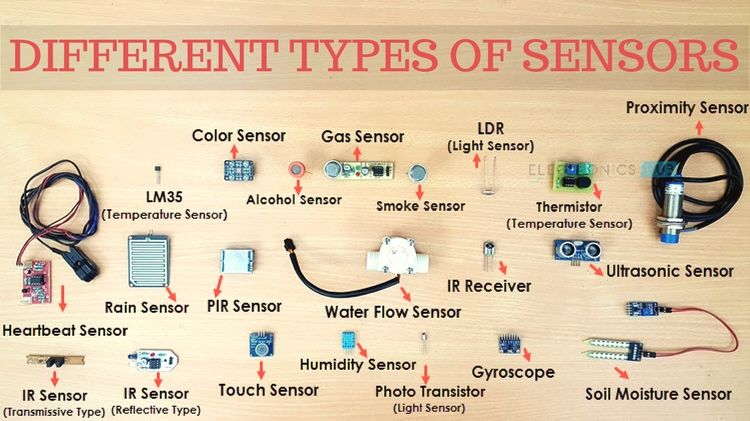 |
|
|
|
|
Individual Assignment
Designing a PCB for input device in KiCad.
PCB - Module Xiao esp32s3
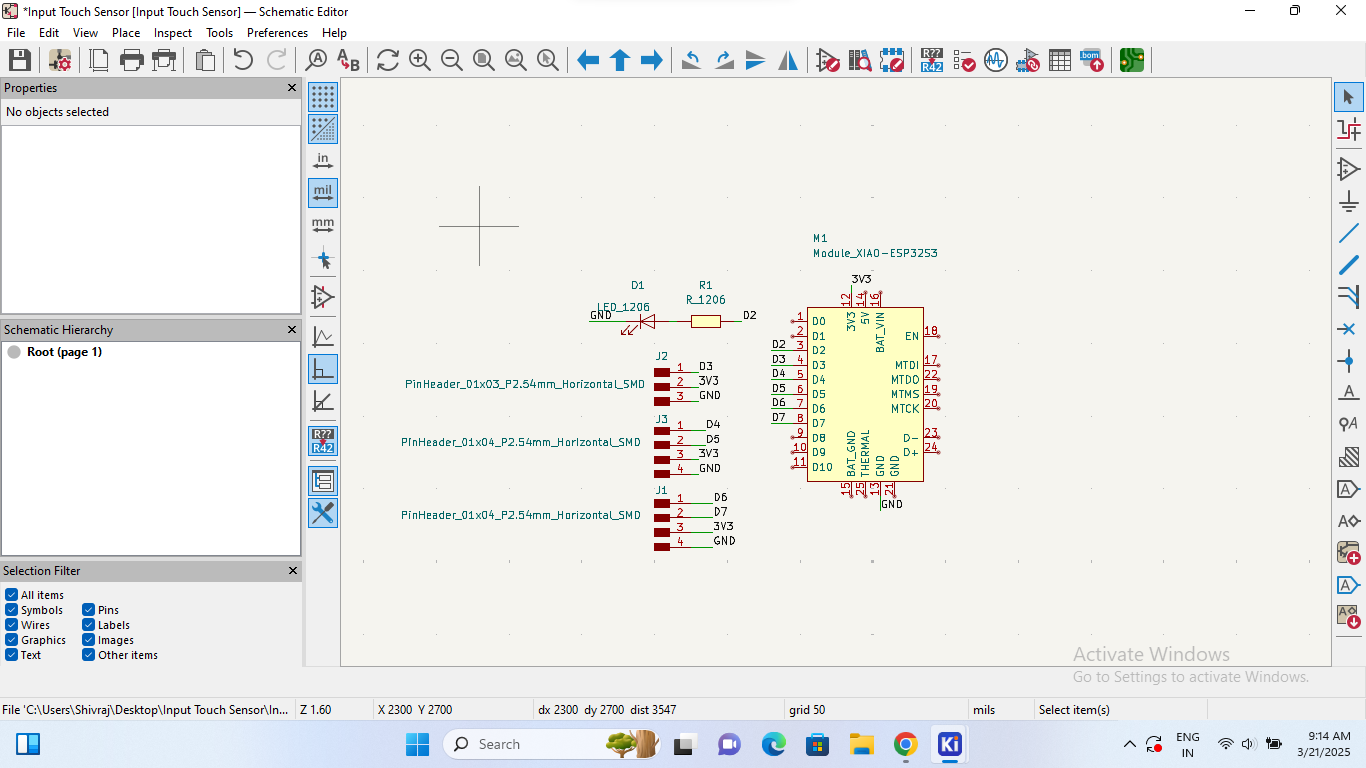 |
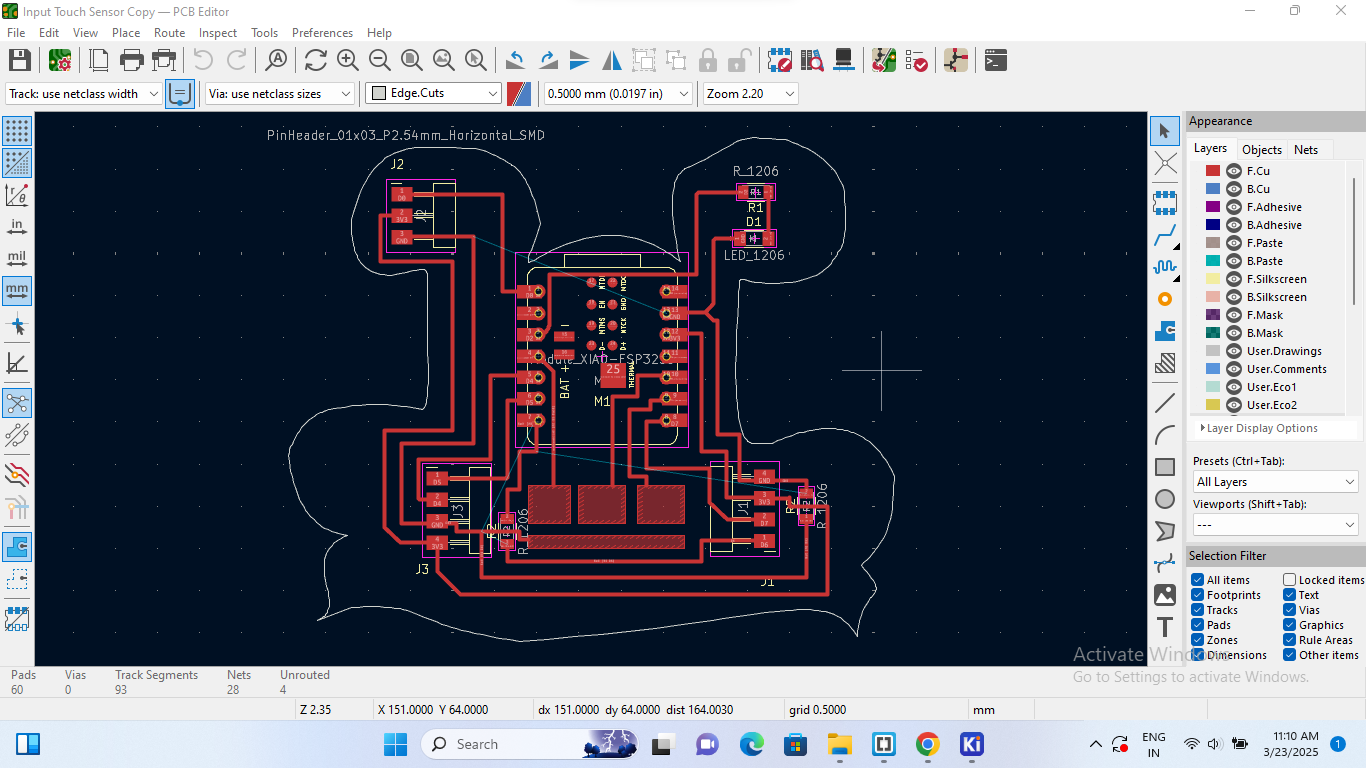 |
| Creating the schematic design of the PCB. |
Tracing, edge cutting, and other such as component placement, routing, via optimization, and layer management. |
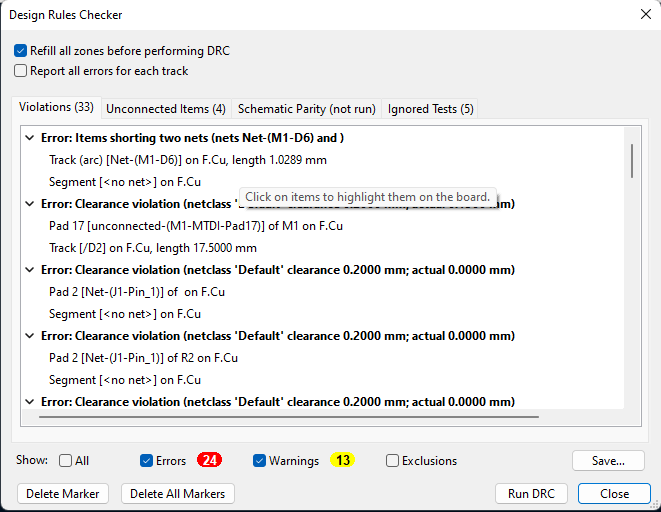 |
 |
| Checking the design rules and updating accordingly. |
The PCB design is finally complete, and here is the 3D view. |
To see the entire process for designing, go through this assignments.
PCB Milling With SRM20
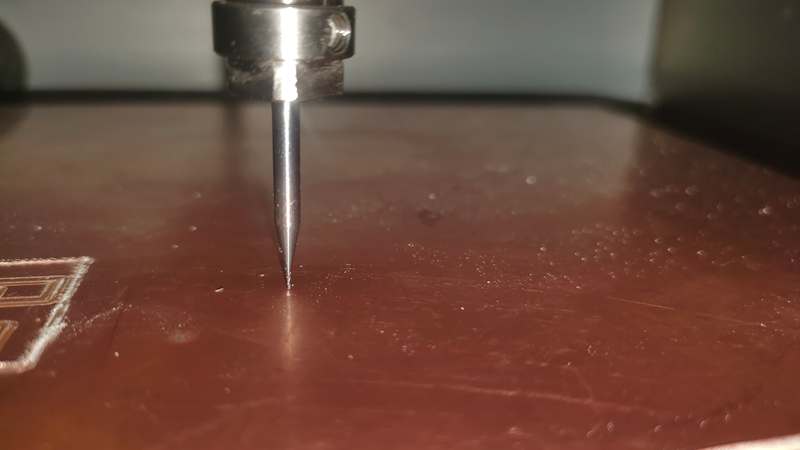 |
|
| Gravity leveling of the bit. |
Milling the PCB |
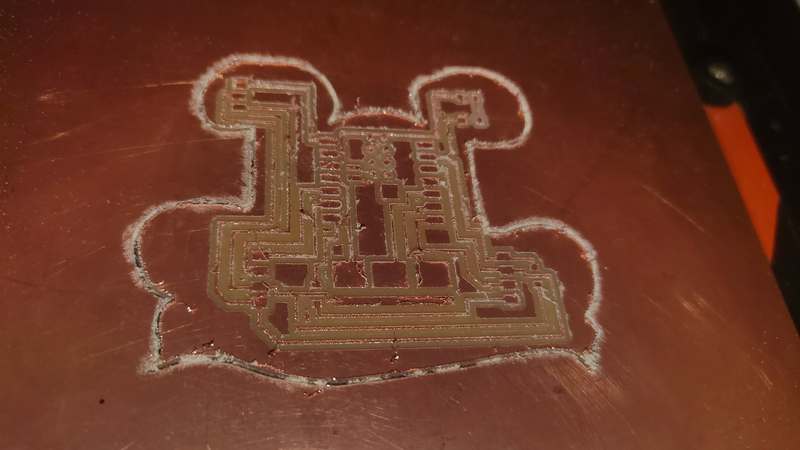 |
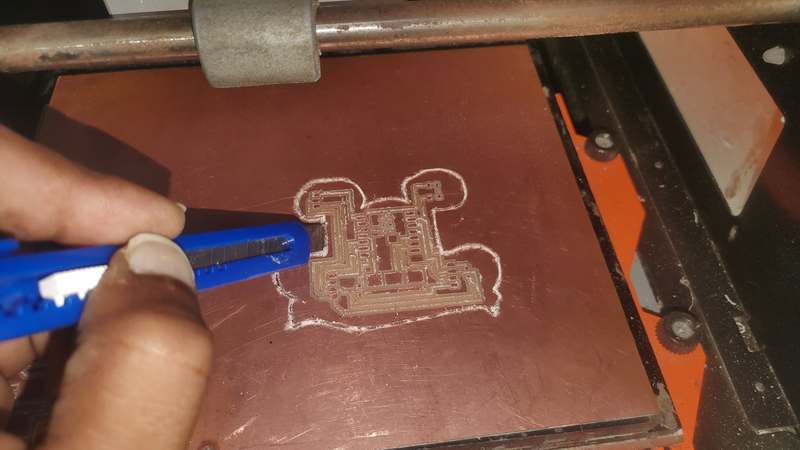 |
| Completed Milling |
Removeing PCB |
 |
 |
| Completed final PCB cutting. |
Components Soldering on the PCB |
To see the entire process for Milling PCB, tool path generate, go through this assignments.
Components Used
Input Device
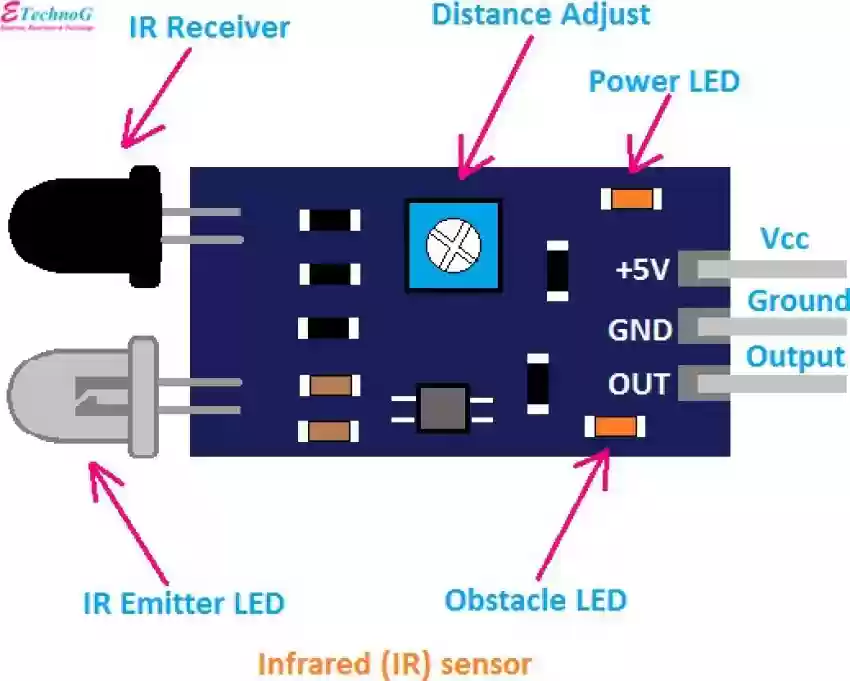 |
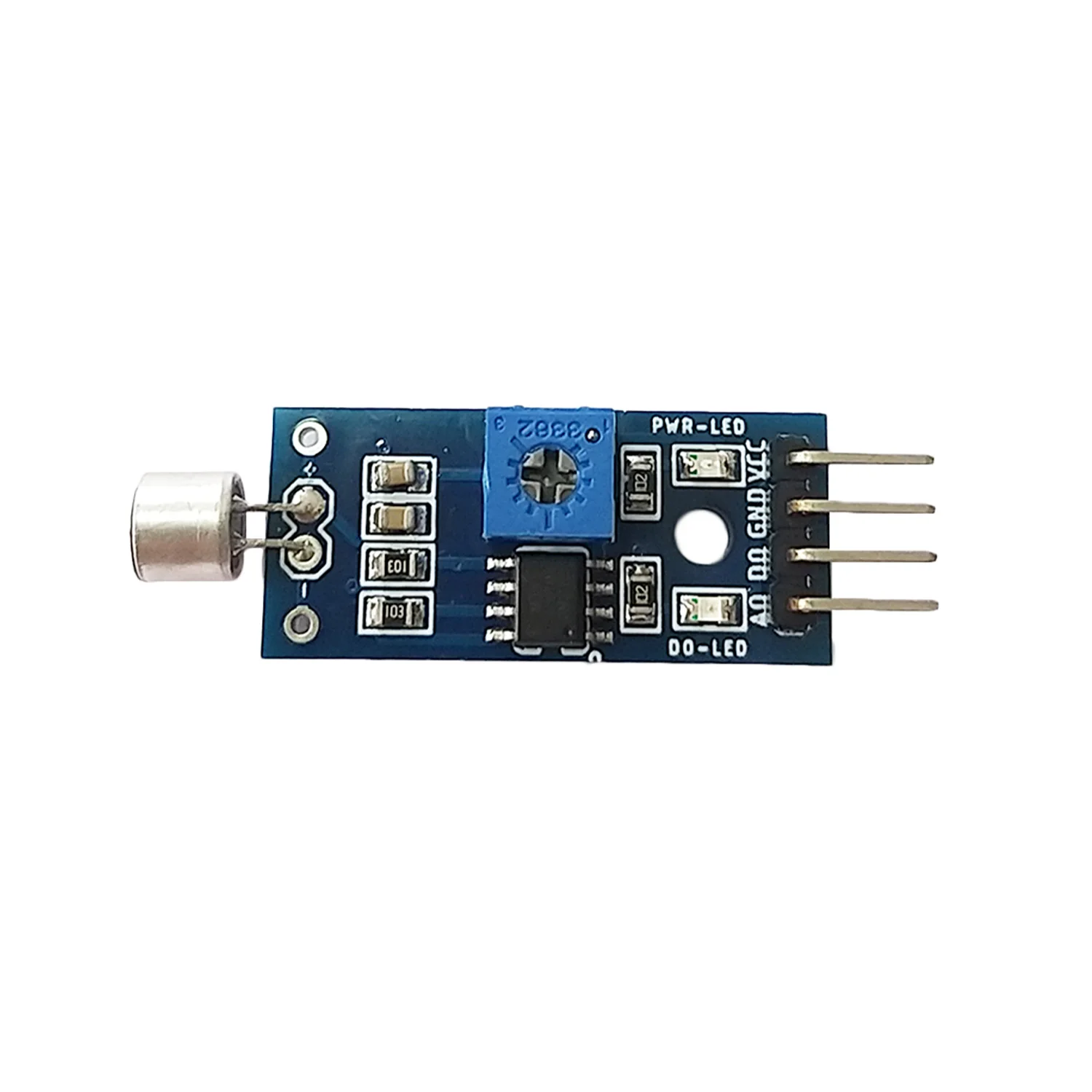 |
| IR Sensor |
Sound Detection Sensor |
IR Sensor
IR Sensor- An IR sensor is an electronic sensor that uses infrared rays to detect the presence, distance, or movement of an object
There are two type of IR sensor is-
Uses of IR Sensor
Pinout of IR Sensor
Sound Detection Sensor
Sound Detection Sensor is an electronic device that detects sound waves and converts them into electrical signals. It is commonly used in security systems, smart home automation, industrial monitoring, and robotics.
There are three type of Sound Detection Sensor is-
Uses of Sound Detection Sensor
Pinout of Sound Detection Sensor
Programming for the sound detection sensor
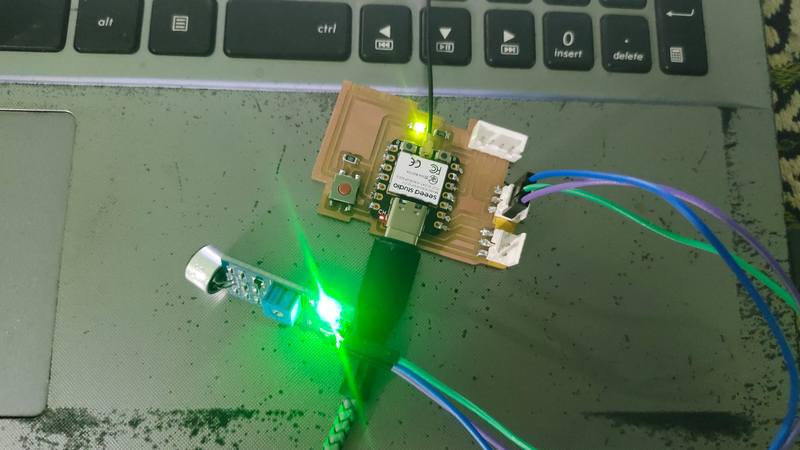 |
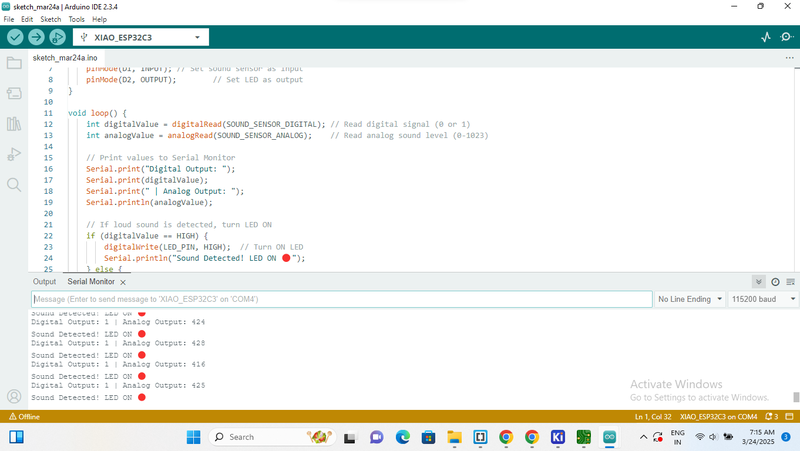 |
| Sensor connected with Microntroller |
Coding with Arduino IDE |
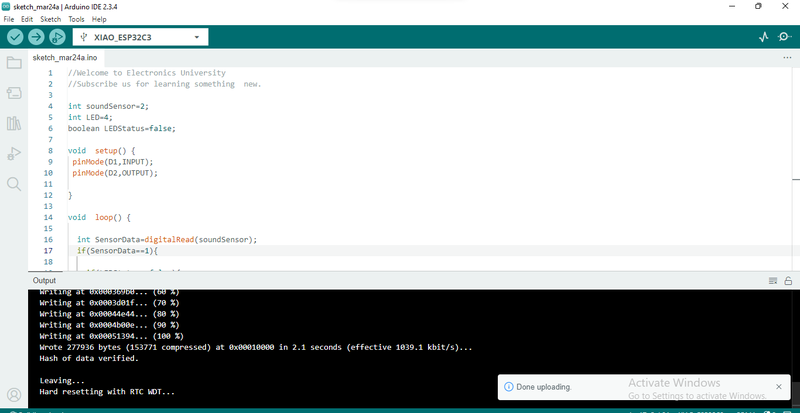 |
> |
| Coding Done for uploading |
Data showing on serial Monitor |
Programming for the IR sensor
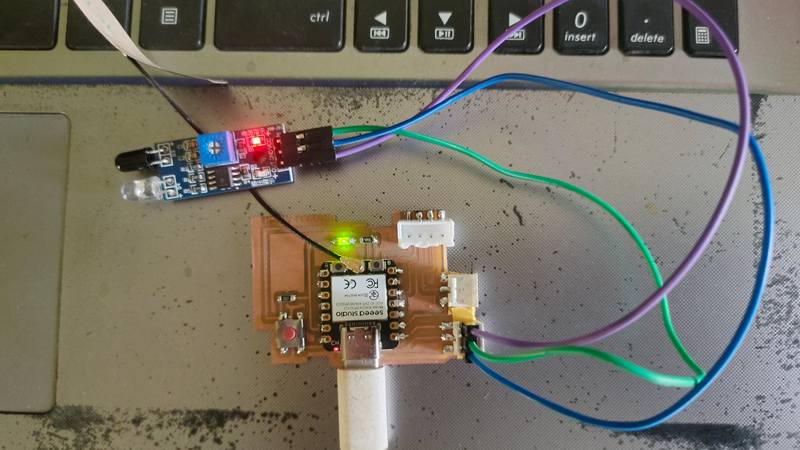 |
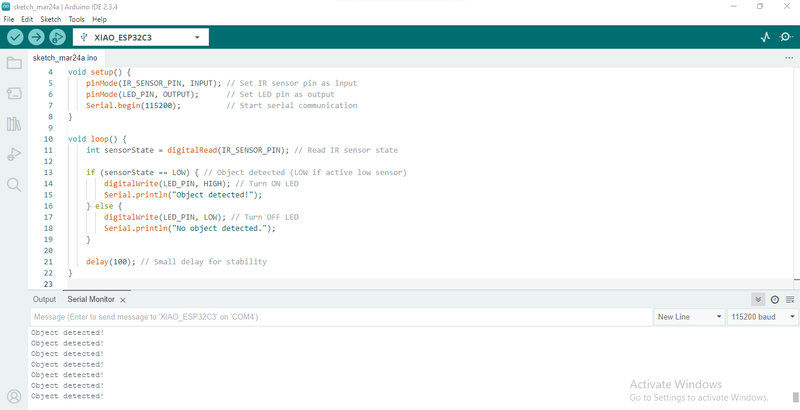 |
| Sensor connected with Microntroller |
Coding with Arduino IDE |
| > | |
|
|
Data showing on serial Monitor |
To see the entire process of programming for sensor, go through this assignments.
Original File Here
Sensor Code
IR Sensor Code here
sound detection sensor Code here
Kicad PCB design File in PNG formet
Trace File here
Edge Cut File here
Conclusion
This week, we learned about input devices and explored sensors like the sound detection sensor and VR sensor. We first connected these sensors to a microcontroller, then programmed them and uploaded the code to an Arduino. Once successfully programmed, the sensors started functioning correctly and provided real-time data.
Through this process, we gained a clear understanding of how to integrate input devices with a microcontroller. Additionally, I also created a custom sensor using trace technology within the microcontroller. Overall, this experience enhanced my knowledge of working with input devices and microcontroller integration.